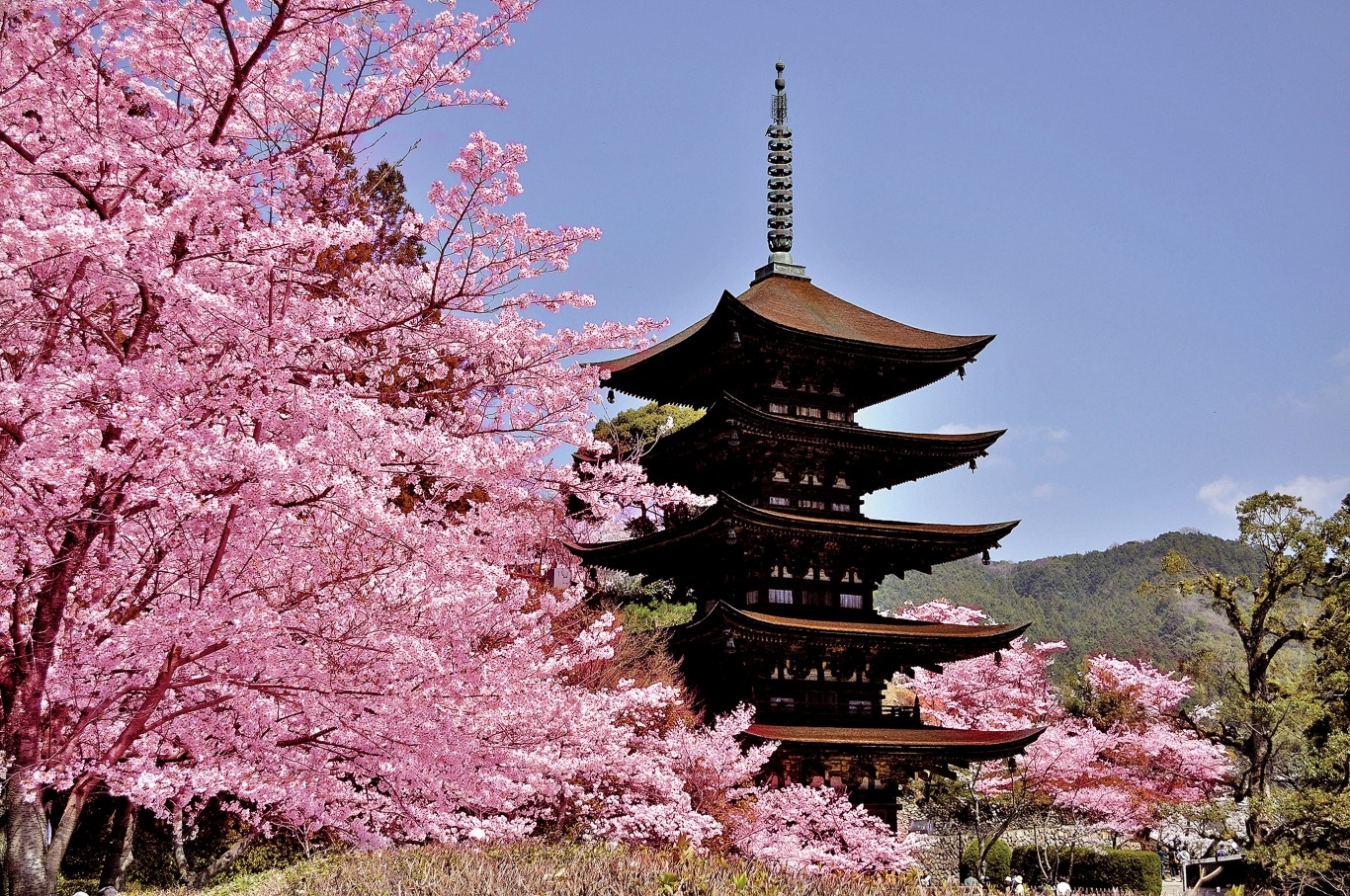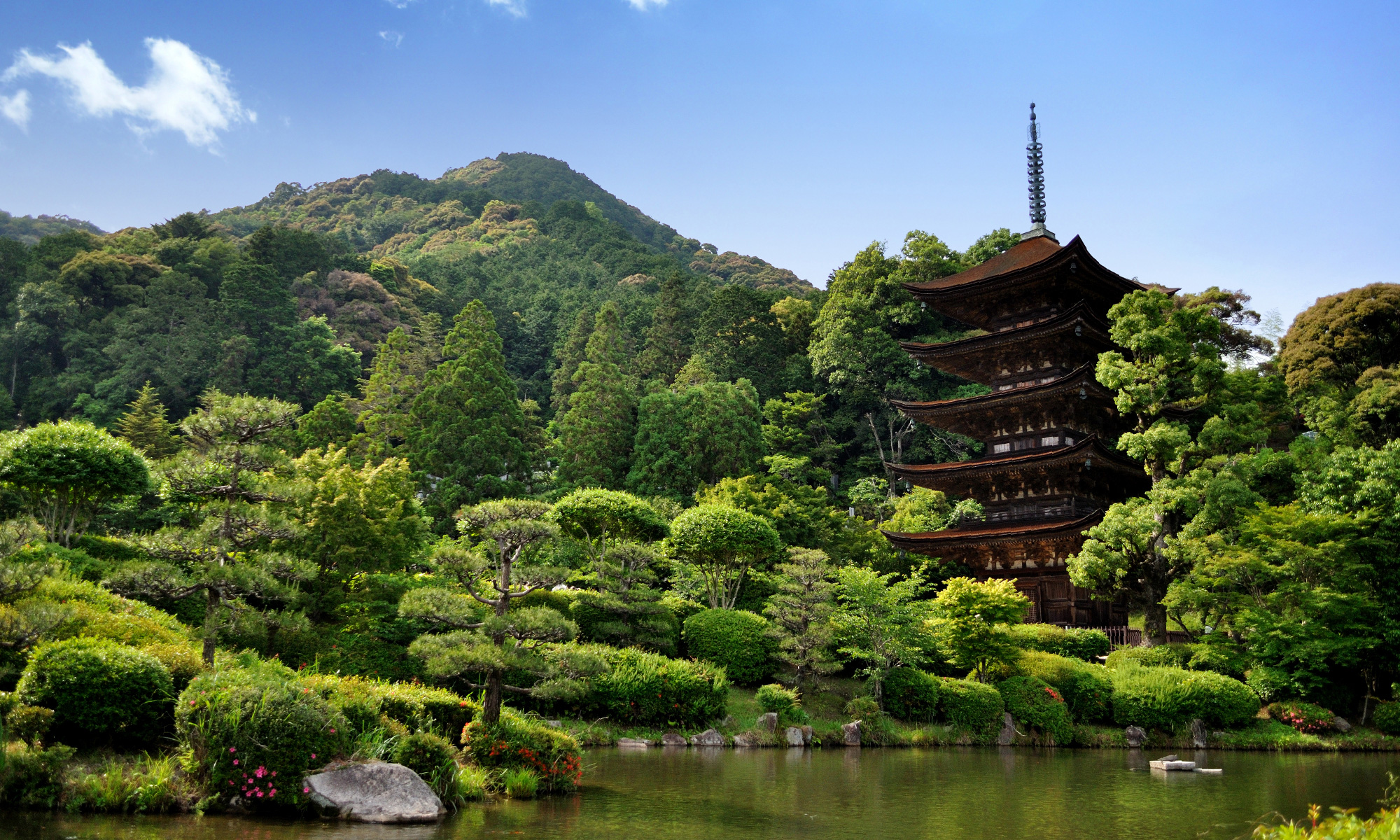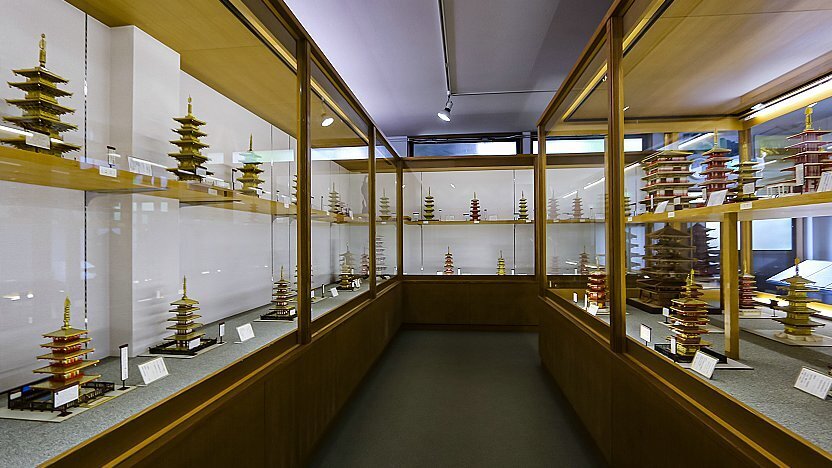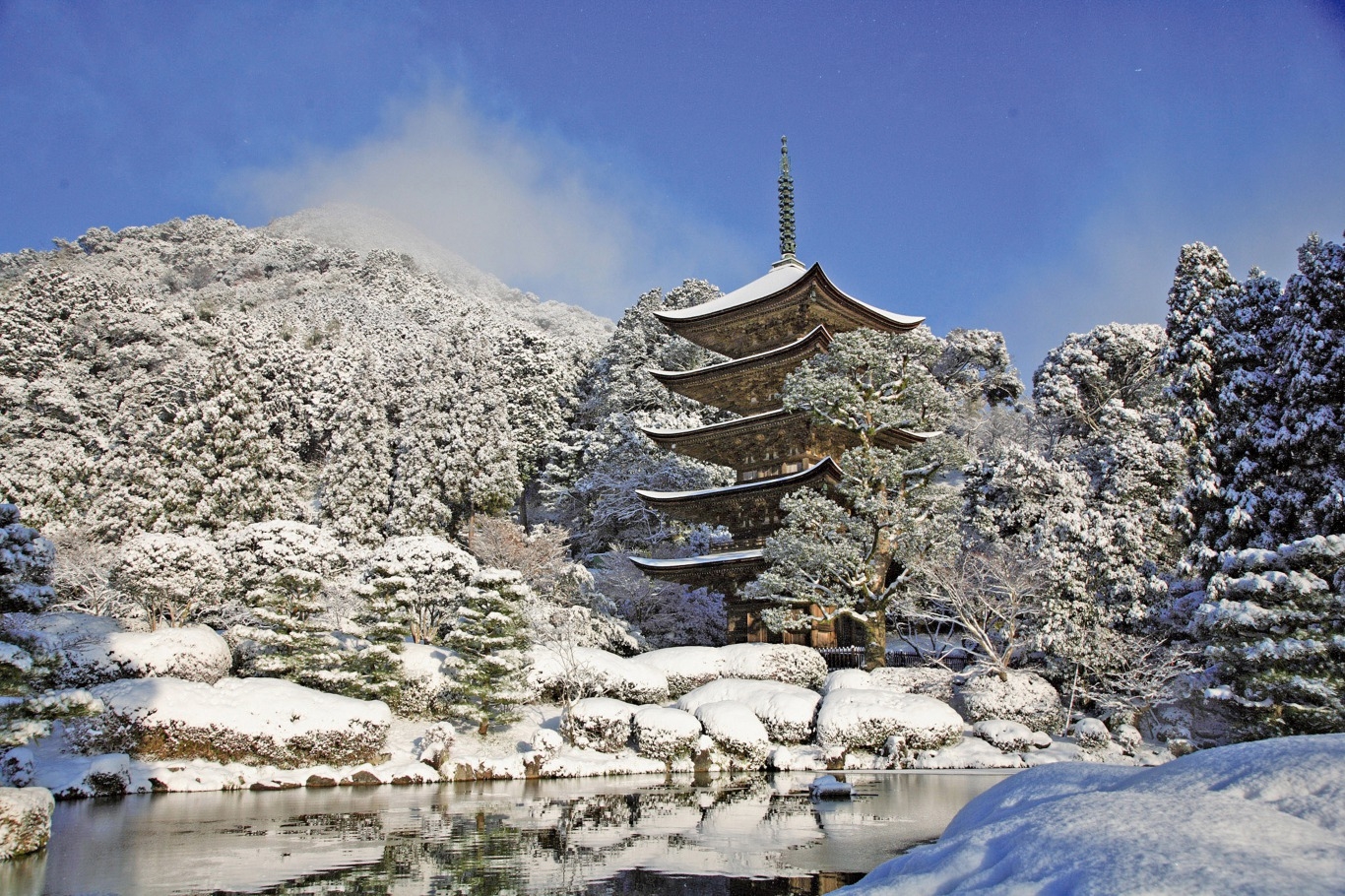The Five-Storey Pagoda at Rurikoji Temple
Considered as one of the most beautiful pagodas in Japan, this picturesque structure is a national treasure that dates from the 15th century.

© 2009-2022 Yamaguchi Prefecture Tourism Promotion Division
Located in Yamaguchi in the heart of Kozan Park, Rurikoji Temple’s five-storey pagoda stands in front of the hills adorned with plum and cherry blossom trees in spring and maple leaves in autumn.
This edifice is one of the most imposing structures from the Muromachi period (1336-1573). Today, it belongs to the Soto school of Buddhism.
A symbol of one of the most powerful clans in Japan
In 1442, Morimi Ouchi, one of the lords at the head of the Ouchi clan, which was extremely powerful in Yamaguchi at the time, commissioned the construction of the pagoda to pay homage to his elder brother Yoshihiro who died in 1399 while leading a revolt against the central government. The five storeys were built prior to the temple’s main pavilion, which was constructed in 1471. Thus, this architecture affirms the culture of the Ouchi clan, one of the most important families in feudal Japan, which became famous in the art world.
Standing at a height of 31.2 metres, the structure stands out due to its style with Chinese influences. A symbol of tourism in the city of Yamaguchi, the body of this monument with a cypress bark roof narrows with each level, like a pyramid. It becomes an even more impressive sight once the sun sets, when the building is illuminated and offers a delightful night-time spectacle, reflected in the pond.
The museum in Kozan Park dedicated to this cultural heritage site offers visitors the opportunity to learn more about its history but also to discover miniature models of several Japanese pagodas. That of the Rurikoji Temple was filmed by the Yamaguchi Prefecture Tourism Promotion Division.
More information can be found on the Yamaguchi city website.

© 山口市交流創造部観光交流課

© japan-guide.com

© 2009-2022 Yamaguchi Prefecture Tourism Promotion Division
TRENDING
-
The Tattoos that Marked the Criminals of the Edo Period
Traditional tattoos were strong signifiers; murderers had head tattoos, while theft might result in an arm tattoo.

-
Chiharu Shiota, Red Threads of the Soul
Last year, more than 660,000 people visited the retrospective 'Chiharu Shiota: The Soul Trembles' exhibit at the Mori Art Museum.

-
‘Before Doubting Others, Doubt Yourself. Who Can Truly Say a Dish Isn’t What It Used to Be?’
In ‘A Non-Conformist’s Guide to Surviving Society’, author Satoshi Ogawa shares his strategies for navigating everyday life.

-
The Story of Sada Yacco, the Geisha who Bewitched Europe
Described by Dazed magazine as the first beauty influencer, she has been restored to her former glory since 2019.

-
Ito Jakuchu's Naturalist Paintings
From 15 September until 14 October 2018, the Petit Palais showcased the artist's iconic ‘Images of the Colourful Realm of Living Beings’.





